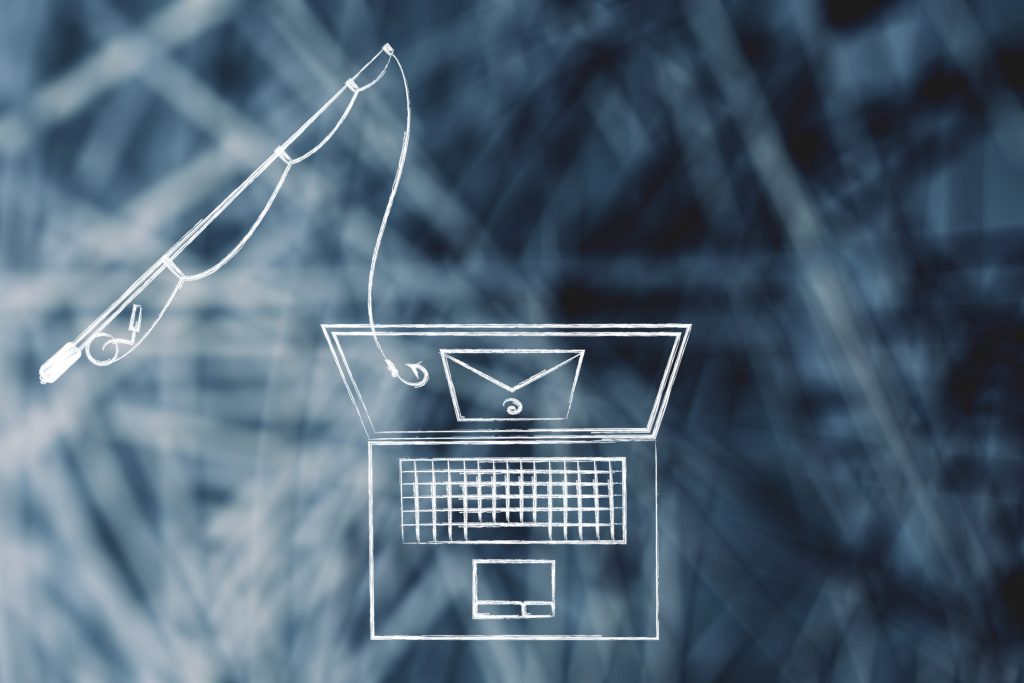In the past, phishing emails were often considered a joke. Typically poorly written by threat actors based in non-English speaking nations, they were often difficult to understand and their attempts to coerce funds from recipients were so obvious that they were rarely deemed a threat. While fake company branding was sometimes used in emails, it was often badly executed, making it easy to spot.
Like most forms of cybercrime, phishing emails have advanced over the years and now represent a significant threat to enterprise security. While once they were sent out to fool users into sending money, today phishing emails have other goals in mind. Perhaps the two most common objectives of phishing campaigns are to steal access credentials and to deploy malicious software.
In this blog, we’ll examine some of the most important steps businesses can take to limit the harmful effects of email-based phishing attacks.
Strong anti-spam and anti-malware solutions
While many operating systems and mail services have built-in filters that stop phishing messages from receiving company user accounts, an advanced security solution can be useful to block malicious missives. Powerful anti-spam filters can weed out phishing content while allowing legitimate mail to arrive uninterrupted. Whitelists and blacklists based on verified contacts and suspicious and reported senders can be ideal to ensure unwanted content remains contained.
Anti-malware software is also an important tool to protect systems. If emails are found to contain spyware, adware, ransomware and other infections, an alert is raised and messages can be stopped from entering inboxes.
Phishing training for personnel
While technological solutions play an important part in keeping companies safe from phishing threats, the best way by far to reduce risks of a successful attack is to train employees. Staff should be educated on how to identify a phishing email but also how to handle one when it arrives and who to report it to.
Common indicators of phishing emails include a sense of urgency, unusual requests for private details, and the presence of suspicious links and attachments. Employees must clearly understand that they should never click on such links or download files attached, regardless of how harmless they seem. They must also be made aware of the potential consequences of such actions. When a user employs a malicious link to take a short cut to a website, they are typically directed to a fake website designed to deploy malware or harvest their confidential credentials. File downloads can seem authentic but actually be loaded with software designed to infect devices and networks.
Comprehensive training will ensure staff can spot an attack and report it to IT security, reducing risks quickly before other company users are exposed to the threat.
Operating in a safer environment
The Galaxkey workspace was designed to create a secure environment for enterprise employees to operate in. With zero back doors, our system also never stores passwords where they can be left unprotected. If you are ready to improve your email security protocols, contact us now for a free 14-day trial.


